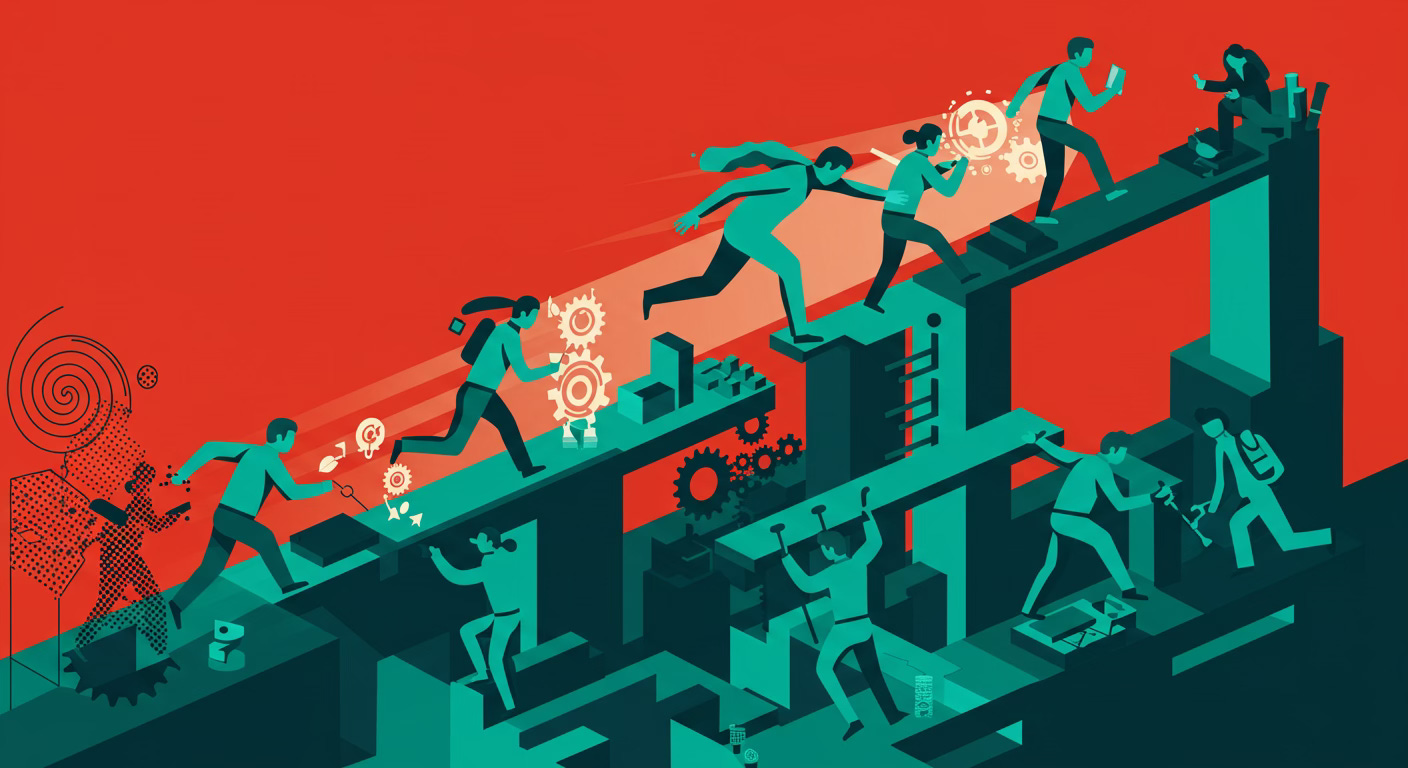In the cosmic sky of concepts, “doing by doing” arises as one of the most underestimated yet powerful concepts of personal development and mastery. While modern culture often romanticizes over-preparation, theory-laden learning, and the passive accumulation of knowledge, the simple act of taking action—however imperfect—proves itself again and again to be the most effective teacher. Arthur Ashe captured this wisdom with poignant clarity when he said: "Start where you are. Use what you have. Do what you can." The path to growth, mastery, and meaningful change begins not in theory, but in movement.
The fundamental power of “doing by doing” lies in its pragmatic realism. Instead of waiting for ideal conditions, the concept invites one to act with what is currently available, within the current circumstances, and to trust that doing will naturally bring forth refinement. This principle rests on the understanding that the act of doing is not just a means to an end but a dynamic learning process in itself. With every attempt, success or failure, one accumulates real experience and insight that no amount of passive observation or intellectual planning could substitute.
Consider the aspiring tennis player who wishes to master the elegance and efficiency of the one-handed backhand. She may study videos, analyze biomechanics, and observe the greatest champions. But true understanding and competence emerge only when she picks up the racket and repeatedly attempts the stroke herself. Each hit—whether awkward or fluid—provides sensory feedback, strengthens muscle memory, and tunes her timing. The learning here is active, embodied, and real. She is not just learning about the backhand; she is learning through the backhand.
In contrast, the modern learner is often seduced by the illusion of mastery through information. Hours are spent researching, planning, watching tutorials, reading guides, and consulting experts. While these resources are useful, they can quietly replace actual doing with the comfort of simulated progress. This digression creates a dangerous inertia where learning becomes a substitute for action rather than a supplement to it. Intellectual accumulation without practice becomes, paradoxically, a clever form of procrastination.
Doing by doing carries with it the humble admission that we begin imperfectly. But this imperfection is not a flaw—it is the seed of expertise. Every master was once a novice willing to be clumsy. The artist must first smear the paint; the writer must first craft flawed drafts; the speaker must first stammer through public words. Excellence is forged not by dreaming of perfection, but by committing to the daily act of imperfect creation.
This principle also teaches resilience and iteration. When one acts and reflects on the outcome, improvements follow organically. Doing invites the doer into a cycle of refinement. Each attempt, regardless of outcome, becomes a learning episode. This is the genius of active feedback—it shapes our methods, deepens our insight, and steadily elevates our skill. Importantly, this learning process is individualized and contextual—no theory can replicate the richness of learning tailored by one’s own lived experience.
A real-world example is found in entrepreneurship. Many successful founders began with rough ideas, limited resources, and minimal planning. Yet, by launching, adapting, failing, and iterating, they carved paths to innovation. Their journey was less about perfect forecasting and more about bold trying. Through action, they discovered markets, honed products, and adjusted visions. Their understanding of business was not merely taught; it was earned through doing.
Moreover, “doing by doing” cultivates authenticity. Actions springing from direct engagement are grounded in truth. They are shaped by our lived challenges, our intuition, our problem-solving, and our context. This authenticity builds confidence—not the shallow confidence of imagined success, but the sturdy confidence of tested ability. One knows what one can do, not because it was theorized, but because it was done, again and again, in the real world.
This approach also breaks the myth of the “perfect moment.” There will always be constraints: time, tools, knowledge gaps, or emotional hesitation. Waiting for all the stars to align delays growth indefinitely. In contrast, “doing by doing” says: start with your half-formed tools, your limited time, and your doubt. Let doing be the forge where doubt transforms into clarity, and lack becomes leverage.
Ultimately, “doing by doing” is a philosophy of empowerment. It tells us that the path forward is not hidden behind more thinking or more preparation—it lies in our hands, ready to be carved by effort. It honors the creative power of action over the paralyzing pull of theory. When we understand this, we are freed from the illusion that we must be ready to begin. The truth is simpler and more liberating: we become ready by beginning.

